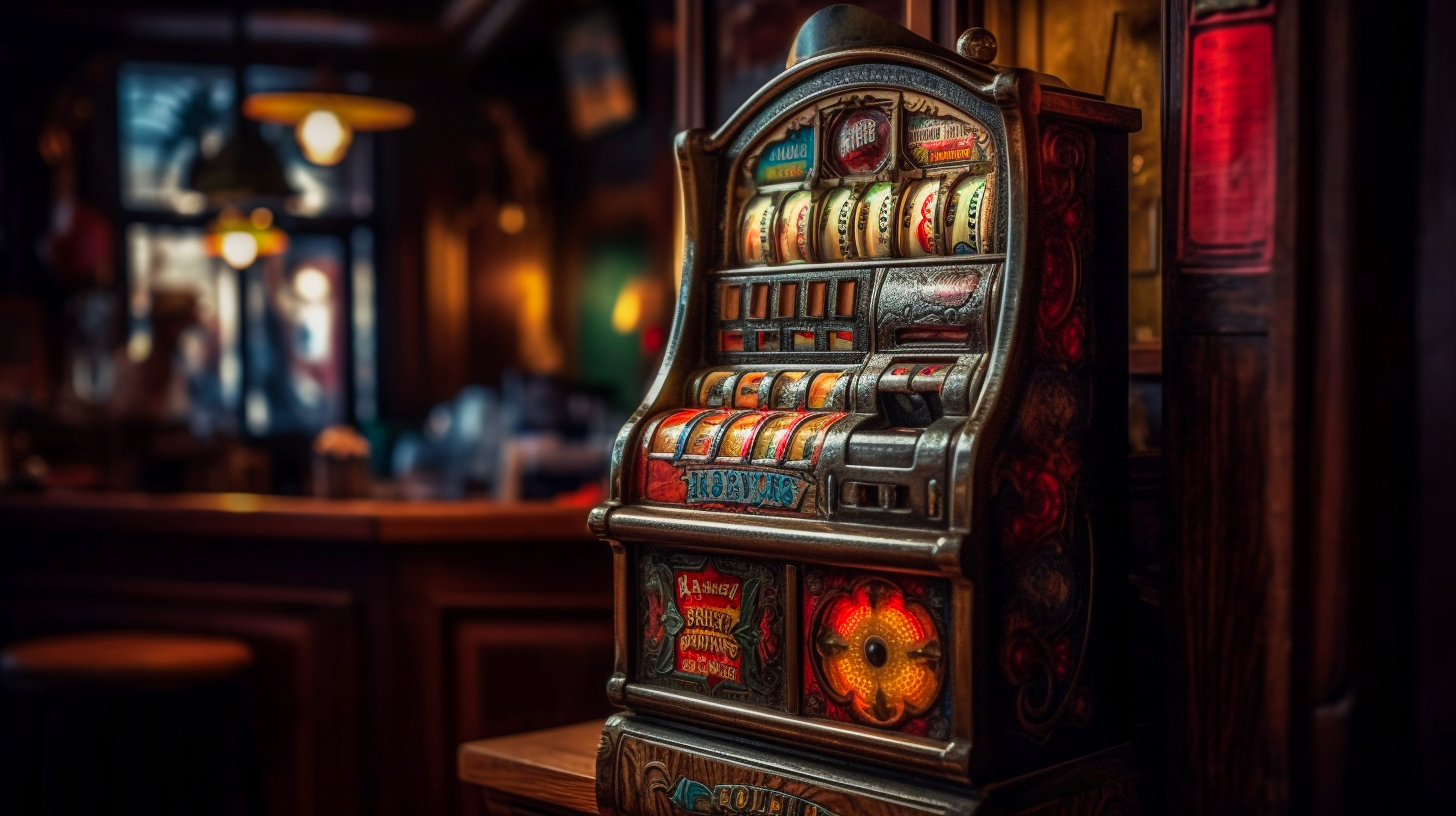Few inventions have captured the thrill of chance and excitement quite like the slot machine — or as it was once famously called, the “One-Armed Bandit.” Today, slots are digital, fast, and full of vibrant graphics, but their roots stretch back over a century. The story of how a simple mechanical device turned into one of the world’s most popular casino games is a fascinating journey through time, technology, and a bit of human luck.
How It All Began
The origin of the slot machine dates to the late 19th century. In 1891, a pair of inventors from Brooklyn created a gambling machine based on poker hands. It had five drums and 50 playing cards, allowing players to pull a lever and hope for a winning hand. However, there was one big problem — payouts weren’t automatic. Players had to collect their prizes manually, usually in the form of drinks or cigars.
A few years later, Charles Fey, a San Francisco mechanic, revolutionized the concept. Around 1895, he built a new machine called the Liberty Bell, which became the first true slot machine. Unlike earlier models, it had just three spinning reels and five symbols: hearts, diamonds, spades, horseshoes, and the Liberty Bell. If three bells lined up, players won the grand prize of 50 cents. Fey’s invention was so successful that it became the foundation for all future slot machines.
Today, when players visit sites like https://slotmeth-aussie.com/, they experience digital versions of Fey’s invention — but the essence of spinning reels and chance remains the same.
Why It Was Called the “One-Armed Bandit”
The nickname “One-Armed Bandit” has an interesting origin. Early slot machines had a single metal lever on the side — the “arm” — which players pulled to set the reels in motion. And the “bandit”? That came from the machine’s ability to “steal” your coins when luck wasn’t on your side. Despite its mischievous name, the slot machine quickly became a symbol of fun, risk, and excitement.
As the years went on, slot machines evolved from simple mechanical devices into electromechanical and later fully electronic versions. By the 1960s and 70s, the lever was replaced by buttons, though the term “One-Armed Bandit” lived on as a nostalgic reminder of casino history. Modern online platforms continue this legacy by offering themed games, interactive bonuses, and features like the Slotmeth bonus, designed to recreate that same thrill for the digital age.
The Transition to the Digital Era
The 1980s marked a major turning point — the rise of computer technology brought about the first video slots. These games used screens instead of physical reels, allowing developers to add animations, sounds, and more complex gameplay. Casinos loved them because they attracted players of all types, while players enjoyed the visual appeal and endless themes — from adventure stories to fruit symbols.
When the internet boom began in the late 1990s, slots made another leap: they moved online. Players could now spin the reels from home, anytime they wanted. The simplicity of clicking a button instead of pulling a lever didn’t take away the charm; instead, it made the experience more accessible than ever.
A Timeless Symbol of Chance
The history of the slot machine is a story of innovation and entertainment. From a simple lever-operated box in a San Francisco workshop to sophisticated digital games accessible on smartphones, the “One-Armed Bandit” has survived every transformation of the gaming world. It continues to attract millions of players with the same promise that captivated gamblers over a century ago — that with one spin, luck might just be on your side.


